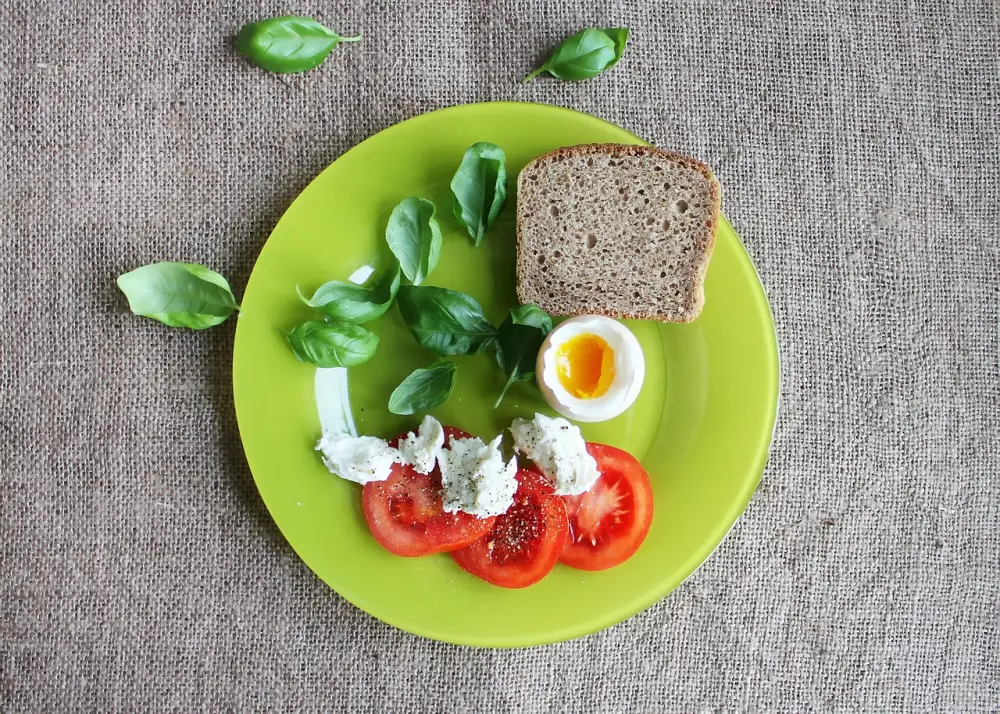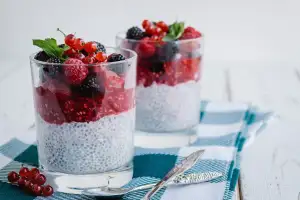Exploring the World of Flat Breads: A Culinary Journey of Delicious Flavors

Flatbreads are a staple in many cultures around the world, offering a versatile and delicious option for meals. Unlike traditional yeasted bread, flatbreads are unleavened and can be made quickly, making them a convenient choice for busy households. These breads come in various shapes and sizes, from thin and crispy to soft and fluffy, catering to different tastes and preferences. Whether used as a wrap for fillings or enjoyed on their own, flatbreads provide a blank canvas for an array of flavors and ingredients. Join us on a culinary journey as we explore the diverse world of flatbreads.
History and Origins of Flat Breads
Flatbreads have a rich history dating back thousands of years. They are believed to be one of the earliest forms of bread, with evidence of their existence found in archaeological sites across the world. Ancient civilizations such as the Egyptians, Greeks, and Romans all had their versions of flatbreads. The Indian subcontinent gave rise to naan and roti, while pita bread originated in the Middle East. These simple yet versatile breads were often cooked on hot stones or in clay ovens, making them a staple food for many cultures throughout history.
Popular Types of Flat Breads Around the World
Flatbreads have a rich diversity across various cultures, each offering a unique taste and texture. In India, we have the beloved Naan, a soft and fluffy bread cooked in a tandoor oven. Moving to the Middle East, we find Pita bread, known for its pocket-like structure perfect for stuffing with falafel or shawarma. In Italy, Focaccia stands out with its olive oil-infused crust and various toppings like rosemary and olives. The Mexican cuisine boasts Tortillas, versatile flatbreads made from corn or wheat flour used in tacos and quesadillas. Lastly, the Ethiopian Injera is a spongy sourdough flatbread that complements spicy stews like Doro Wat. Each of these flatbreads showcases the diverse culinary traditions worldwide.
Ingredients Used in Making Flat Breads
When it comes to making flatbreads, the ingredients used vary depending on the type of bread and cultural preferences. However, there are some common ingredients found in many traditional flatbread recipes. Flour is a staple ingredient, with wheat flour being the most commonly used. Other types of flour like cornmeal, chickpea flour, or rice flour can also be used to create different textures and flavors. Water is essential to bind the dough together, while salt adds flavor.
Yeast or baking powder is often added to help the dough rise and become light and airy. Some recipes call for the use of yogurt or milk to add richness and tenderness to the bread. Oil or fat such as olive oil, ghee, or butter can be incorporated into the dough to enhance flavor and texture. Spices and herbs like garlic, cumin, coriander, or sesame seeds are often added to give additional depth of flavor.
In some regions, flatbreads are made with a combination of grains like barley, rye, or oats for added nutrition and unique taste profiles. Sweeteners like honey or sugar may also be used in certain sweet flatbread variations. The beauty of flatbreads lies in their simplicity and versatility when it comes to incorporating various ingredients to suit different culinary traditions and personal preferences.
Cooking Methods for Flat Breads
Flat breads are incredibly versatile and can be cooked using various methods depending on the type of bread and cultural traditions. One common method is baking, where the dough is placed in an oven and cooked at high temperatures until it puffs up and turns golden brown. This method is used for flatbreads like naan and lavash.
Another popular cooking method is grilling, where the dough is placed directly on a hot grill or griddle. This imparts a smoky flavor to the bread and creates beautiful grill marks. Flatbreads like Mexican tortillas and Indian roti are often cooked this way.
In some cultures, flatbreads are cooked on a hot griddle or skillet without any oil or fat, resulting in a healthier version of the bread. This method is commonly used for making Ethiopian injera and Turkish gözleme.
Frying is another method used to cook flatbreads like Indian puri or Moroccan msemen. The dough is quickly fried in hot oil until it puffs up and becomes crispy on the outside while remaining soft inside.
No matter which cooking method you choose, flatbreads are best enjoyed fresh off the heat, warm, and with your favorite toppings or dips. Experiment with different techniques to discover new flavors and textures in these delightful creations.
Serving Suggestions and Pairings for Flat Breads
When it comes to serving flatbreads, the options are endless. In the Mediterranean region, flatbreads like pita are often served with hummus, tzatziki, or falafel. In India, naan is paired with flavorful curries and chutneys. Mexican tortillas are commonly used for tacos and quesadillas.
For a more gourmet experience, try topping your flatbread with ingredients like arugula, prosciutto, and shaved parmesan for an Italian-inspired dish. Alternatively, you can create a Middle Eastern-inspired flatbread by adding roasted vegetables, tahini sauce, and a sprinkle of sumac.
Pairing suggestions include serving flatbreads alongside fresh salads for a balanced meal or as an accompaniment to soups and stews. Flatbreads also make great appetizers when cut into smaller pieces and served with various dips or spreads.
Whether you prefer sweet or savory flavors, there is a flatbread combination to suit every palate. Get creative in the kitchen and experiment with different toppings and pairings to discover your favorite culinary creations!
Health Benefits of Choosing Flat Breads
When it comes to health benefits, flatbreads offer a nutritious alternative to traditional leavened bread. They are typically lower in calories and carbohydrates, making them a good choice for those watching their weight or blood sugar levels. Flatbreads made from whole grains like whole wheat or oats provide fiber, which aids digestion and helps maintain a healthy gut. Additionally, they are often easier to digest than yeast-raised bread due to their simpler ingredients and preparation methods. Choosing flatbreads can be a smart way to enjoy delicious bread while prioritizing your health.
In conclusion, flat breads have a rich history and diverse range of flavors that cater to various culinary preferences worldwide. Their simplicity in ingredients and preparation make them a convenient and delicious option for any meal. Whether you prefer the crispy texture of Italian focaccia, the fluffy goodness of Indian naan, or the chewy bite of Mexican tortillas, flat breads offer endless possibilities for creativity in the kitchen. From savory toppings to sweet fillings, these versatile breads can be enjoyed at any time of day. Embrace the world of flat breads and elevate your dining experience with their unique and delightful flavors.
Published: 24. 03. 2024
Category: Food



